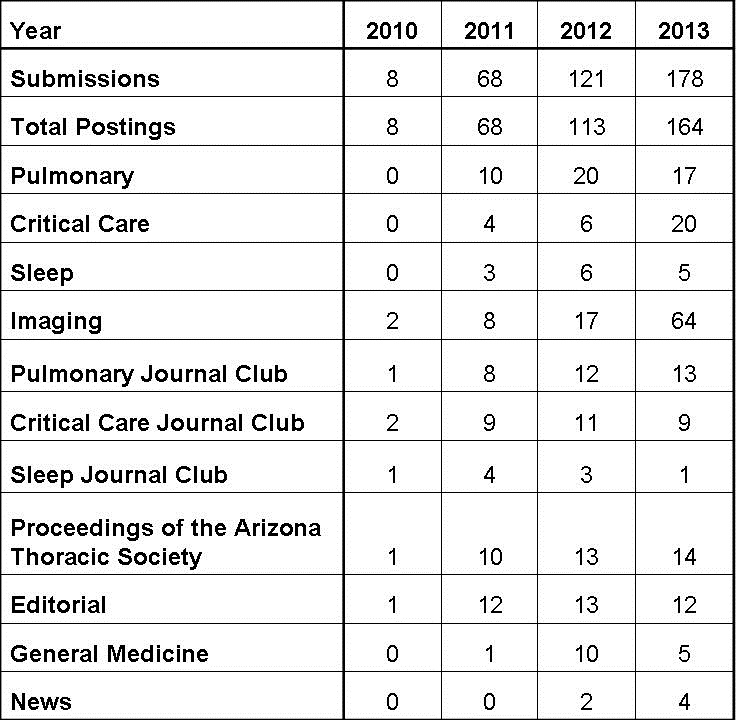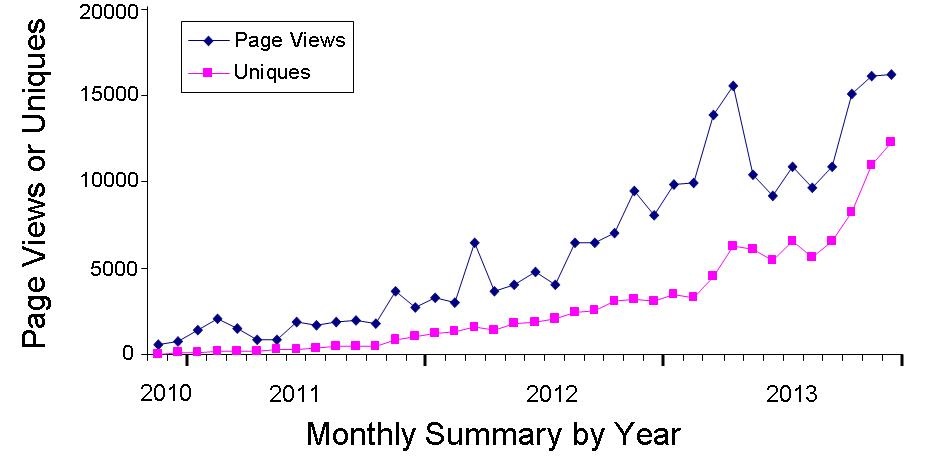Qualitygate: The Quality Movement's First Scandal
 Monday, February 24, 2014 at 11:04AM
Monday, February 24, 2014 at 11:04AM Charles R. Denham is probably not a name familiar to most of our readers. Denham's name popped into the news when the Justice Department alleged that CareFusion, then a division of Cardinal Healthcare, paid Denham $11.6 million to influence the Safe Practices Committee at the National Quality Forum (NQF).

Dr. Charles R. Denham
Even though Denham may not be well known, readers might recognize the names of some of the organizations and individuals with whom Denham worked (2,3). Besides the NQF, these include the Institute of Medicine, Leapfrog Group, Centers for Disease Control and Prevention, Clinton Global Health Initiative, Discovery Channel, General Electric, Cleveland Clinic, Vanderbilt University Medical Center, Catholic Healthcare Partners, and Seton Medical Center. Prominent individuals associated with Denham include actor Dennis Quaid (whose newborn twins were nearly killed by a medication mistake) and Capt. Chesley "Sully" Sullenberger, famous for safely landing a crippled jetliner in the Hudson River. Lesser known, but prominent in the patient safety movement, are Dr. Kenneth Kizer (former Under Secretary for Health in the U.S. Department of Veterans Affairs and founding president and former CEO of the NQF) and Dr. Donald Berwick (founder and former President of the Institute of Healthcare Improvement and former Administrator of the Centers for Medicare and Medicaid Services).
Denham is a member of the President's Circle of the National Academies of Science of the Institute of Medicine, the National Academy of Sciences and the National Academy of Engineering. He has been a Senior Fellow in the Advanced Leadership Initiative at Harvard University and instructor at the Harvard School of Public Health. He teaches leadership and innovation on the faculty of Harvard Medical School and was an adjunct Professor at the Mayo Clinic College of Medicine. He played a leadership role in the development of a computerized prescriber order entry (CPOE) simulator that measures performance improvement of hospital medication management systems, driving patient safety through healthcare information technologies. He founded CareMoms, CareKids, and CareUniversity, which are programs that are focused on helping families survive healthcare harm and waste. He was until very recently the editor of the Journal of Patient Safety (4).
Many groups have benefitted by recommending best practices, but an endorsement by the NQF can mean riches for companies and individuals (4). Created in 1999 at the behest of a Presidential commission, the Washington, D.C.-based nonprofit takes private donations and collects fees from members, including consumer groups, health plans and medical providers. Five years ago, Health and Human Services hired the NQF to endorse measures to show whether health care spending is achieving value for patients and taxpayers. The contract has since grown substantially and by 2012 made up nearly three-fourths of the organization’s $26 million in revenue. The NQF’s standards are widely adopted. The report produced by the committee Denham co-chaired included recommendations for best practices in 34 areas of care.
The quality movement is distancing itself from Denham and denying any knowledge of Denham's conflicts of interest or alleged kickbacks (5). However, there were multiple clues. Although Denham was trained as a radiation oncologist, he was not a practicing physician (6). Known as an entrepreneur, Denham had formed and folded numerous for-profit and non-profit companies. Those listed by the Texas Secretary of State’s office include the Texas Institute of Medical Technology; Health Care Concepts; TD Enterprises Management; Spectrum Holdings International (also known as Austin Liberty, Inc.); Tetelestai, Inc. (Greek for “It is finished,” a New Testament reference); Aircare International, Inc. (Denham at one time worked in the aviation industry); CRD Health Ventures, Inc.; and Assisted Better Living Everywhere, Inc. Denham and his family live in a palatial waterfront home in Laguna Beach, California, whose value Zillow estimates at $10.5 million (6). The speaker’s bureau lists Denham’s minimum fee for U.S. engagements as an average of $50,000 to $75,000, far in excess of usual physician speaking fees (6). Denham even boasted his own webpage on Wikipedia and had a contract with Celebrity Talent International (2,4). Although Denham's biography in Wikipedia claims over 100 scientific publications a quick check of PubMed reveals only 25 with nearly all published in the last 5 years in the Journal of Patient Safety where Denham was editor.
In his article in Forbes, Michael Millenson quotes an accomplished patient safety advocate who left her first meeting with Denham convinced she had met with one of the most brilliant individuals of her life (4). Those who know Denham suspect that he would agree (6). The tendency of very smart and successful individuals to boss others is well known because in their own minds they are smarter and better, even when the evidence says otherwise. Some can even blur the boundaries between what they have done, what they are doing and what they hope to do-convincing themselves that it is in the patients' best interests. Like Watergate did to the Nixon White House, Denham has tainted many in the quality movement. Hence the title of this editorial-"Qualitygate". A lot of money is involved in patient safety and there are undoubtedly some willing to sacrifice principles for personal gain. This will probably not be the last scandal in the quality movement. As we have noted previously, there are probably too many guidelines based on expert opinion and some are wrong (7). Physicians need to exercise their own best judgment in deciding which guidelines need to be implemented.
Richard A. Robbins, MD*
Editor
Southwest Journal of Pulmonary and Critical Care
References
- Department of Justice Office of Public Affairs. CareFusion to pay the government $40.1 million to resolve allegations that include more than $11 million in kickbacks to one doctor". Available at: http://www.justice.gov/opa/pr/2014/January/14-civ-021.html (accessed 2/21/14).
- Wikipedia. Charles Denham. Available at: http://en.wikipedia.org/wiki/Charles_Denham (accessed 2/21/14).
- Newswise. Dr. Charles Denham named editor of Journal of Patient Safety. Available at: http://www.newswise.com/articles/dr-charles-denham-named-editor-of-journal-of-patient-safety (accessed 2/21/14).
- Allen M. Hidden financial ties rattle top health quality group. Propublica. Available at: http://www.propublica.org/article/hidden-financial-ties-rattle-top-health-quality-group (accessed 2/21/14).
- Carlson J. Groups cut ties to Denham. Modern Healthcare. Available at: http://www.modernhealthcare.com/article/20140201/MAGAZINE/302019962 (accessed 2/21/14).
- Millenson M. The money, the MD and a $12 million patient safety scandal. Forbes. Available at: http://www.forbes.com/sites/michaelmillenson/2014/02/14/the-money-the-md-and-a-12-million-patient-safety-scandal/ (accessed 2/21/14).
- Robbins RA. What's wrong with expert opinion? Southwest J Pulm Crit Care. 2014;8(1):71-3. [CrossRef]
*The views expressed are those of the author and do not necessarily represent the views of the Arizona, New Mexico, Colorado or California Thoracic Societies or the Mayo Clinic.
Reference as: Robbins RA. Qualitygate: the quality movement's first scandal. Southwest J Pulm Crit Care. 2014;8(2):132-4. doi: http://dx.doi.org/10.13175/swjpcc022-14 PDF


